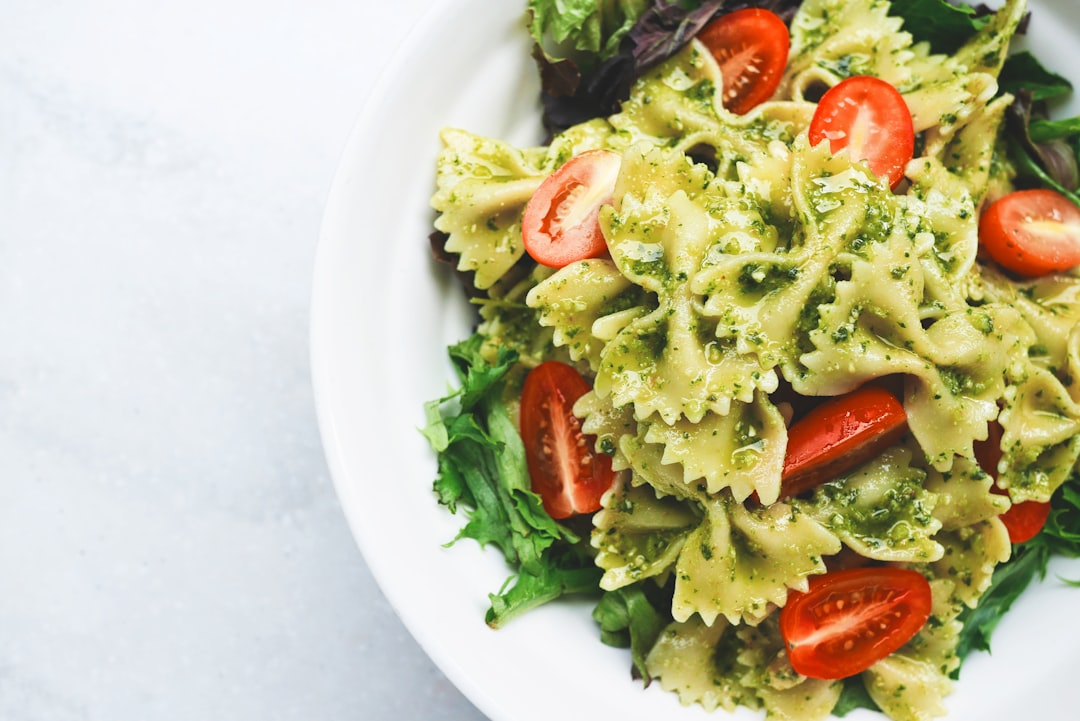
A Culinary Journey: Top Foodie Attractions Around the World.
# Introduction. Food is more than sustenance; it is an integral part of culture, history, and community. For travelers, wandering through the gastronomic landscapes of various destinations can be as rewarding as visiting iconic landmarks. As 2023 unfolds, various cities worldwide have emerged as must-visit foodie attractions, each offering a unique culinary experience. From local street food to high-end dining, this guide will explore some of the top foodie destinations that will tantalize your taste buds. # 1. Tokyo - A Culinary Capital of the World. Tokyo remains an unmatched beacon for food lovers, with the city holding the highest number of Michelin-starred restaurants globally. From sushi to ramen, the variety of cuisines available is overwhelming yet exciting. To experience authentic Japanese cuisine, a visit to Tsukiji Outer Market is essential. Here, you can indulge in fresh sushi, sashimi, and various seafood delicacies right from the source. Don't forget to explore local izakayas for casual dining, where you can pair tasty small plates with sake and beer, immersing yourself in Tokyo's vibrant culture. # 2. Barcelona - A Tapestry of Flavors. Barcelona's culinary scene reflects its rich history and diverse influences, making it a hotspot for food enthusiasts. Catalan cuisine is characterized by its Mediterranean flair, emphasizing fresh ingredients, seafood, and local wines. One of the best ways to experience this is through a tapas tour in the Gothic Quarter, sampling small bites at different bars. Afterward, visit La Boqueria, a bustling market that offers a plethora of fresh produce, meats, and cheeses. Don’t forget to try classic dishes like paella and crema catalana while enjoying the lively atmosphere of this beautiful city. # 3. Mexico City - A Street Food Paradise. For food lovers, Mexico City presents a vivid landscape filled with flavors, colors, and aromas. The city's street food scene is legendary, with vendors offering a wide array of options from tacos and tortas to tamales. Exploring neighborhoods like Condesa or Roma will lead you to hidden gems and local favorites. For an authentic experience, consider taking a street food tour that will introduce you to regional specialties and provide insights into the stories behind them. Additionally, sampling dishes at the famous Mercado de San Juan will give you a taste of the country's diverse cuisines, from exotic meats to authentic mole. # 4. Bangkok - A Symphony of Spices. Bangkok is a city where the mouthwatering aromas of spices rule the air, inviting you to explore its bustling streets filled with eats. The street food culture is an undeniable way to experience the city, making it an essential part of your food journey. Taste the famous Pad Thai, or dare to try Som Tum (green papaya salad) from a vendor. For a different experience, indulge in a dinner cruise along the Chao Phraya River, where you can enjoy a buffet of traditional Thai dishes while soaking in stunning views of the city's skyline. # 5. Florence - The Cradle of Renaissance Cuisine. Florence is not only an architectural marvel but also a culinary gem that deserves a spot on any foodie’s itinerary. The Tuscan cuisine is rooted in simplicity and quality, often featuring locally sourced goods. A visit to the Mercato Centrale or various local trattorias will expose you to the iconic Florentine steak and rich pastas like pici cacio e pepe. Additionally, do not miss a gelato stop at one of the city's artisanal shops, where you can experience this Italian classic made with love and fresh ingredients. # 6. Istanbul - A Fusion of Flavors and Cultures. Istanbul is a city where East meets West, and its culinary scene is a delightful reflection of this rich heritage. From street snacks like simit and köfte to world-renowned dishes like kebabs and baklava, there’s no shortage of flavors to explore. The Spice Bazaar is a must-visit for those keen on experiencing the array of spices that define Turkish cuisine. Additionally, enjoy a traditional meze meal at a local restaurant to sample various small dishes paired with raki, a popular Turkish drink. # Conclusion. The top foodie attractions around the globe offer not just meals, but experiences that connect travelers with the local culture and traditions. Whether it’s savoring street food in Bangkok, enjoying tapas in Barcelona, or indulging in sushi in Tokyo, each destination presents a unique culinary journey waiting to be explored. Packing your bags for a gastronomic adventure could lead to memories and flavors that linger long after your travels are over. So, as you plan your next trip, consider these vibrant destinations to indulge your inner food lover. .









